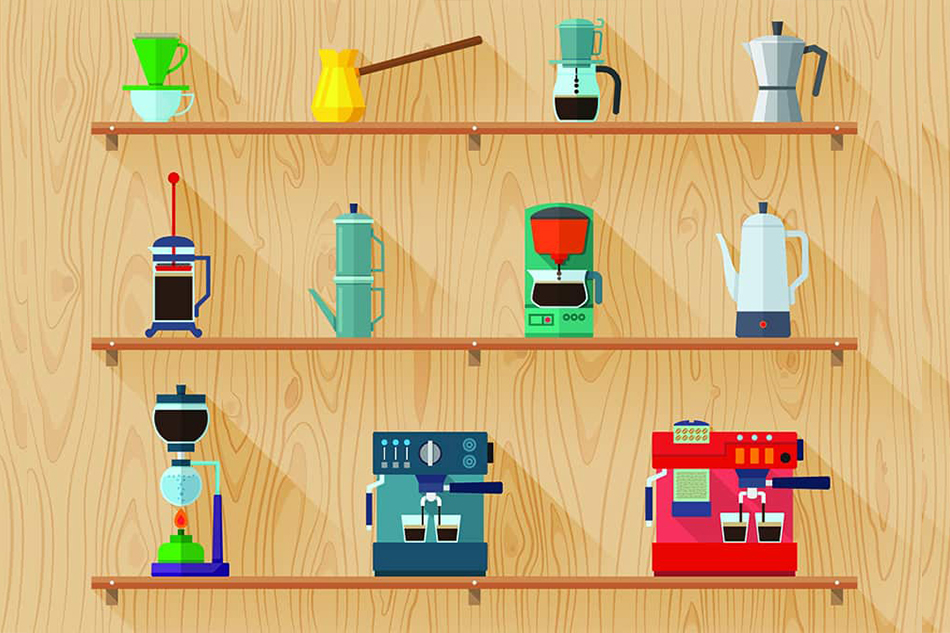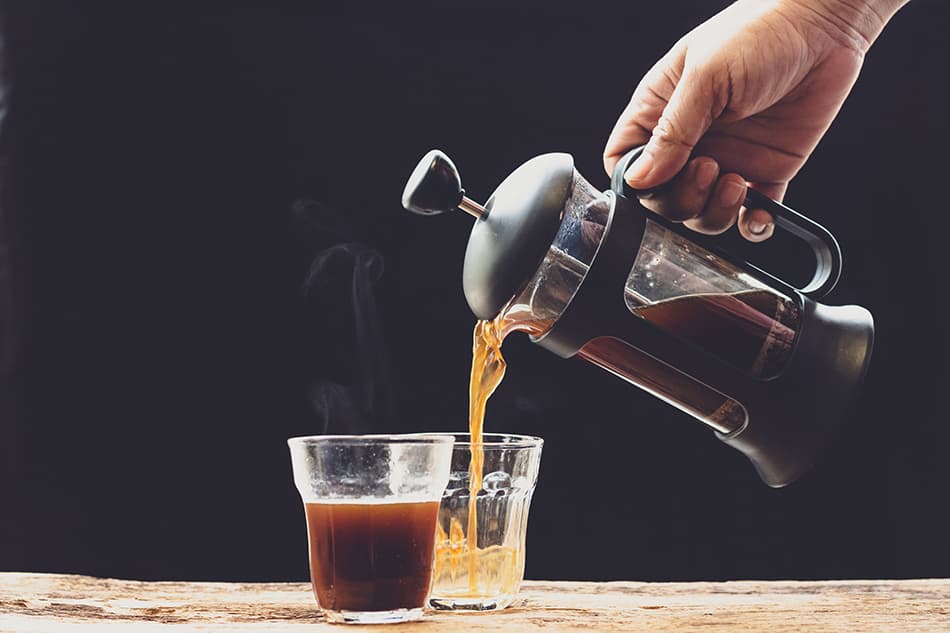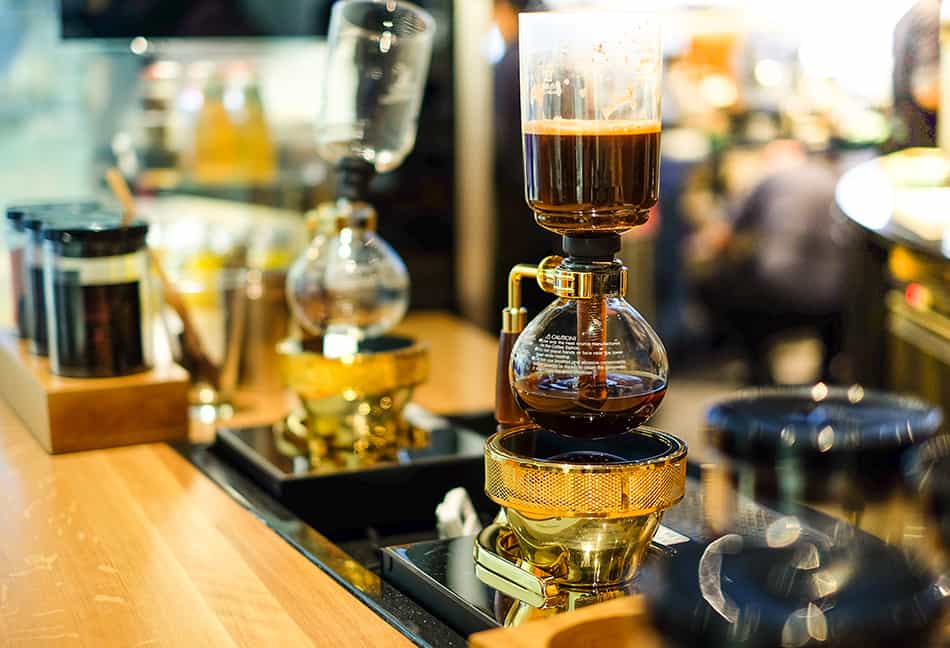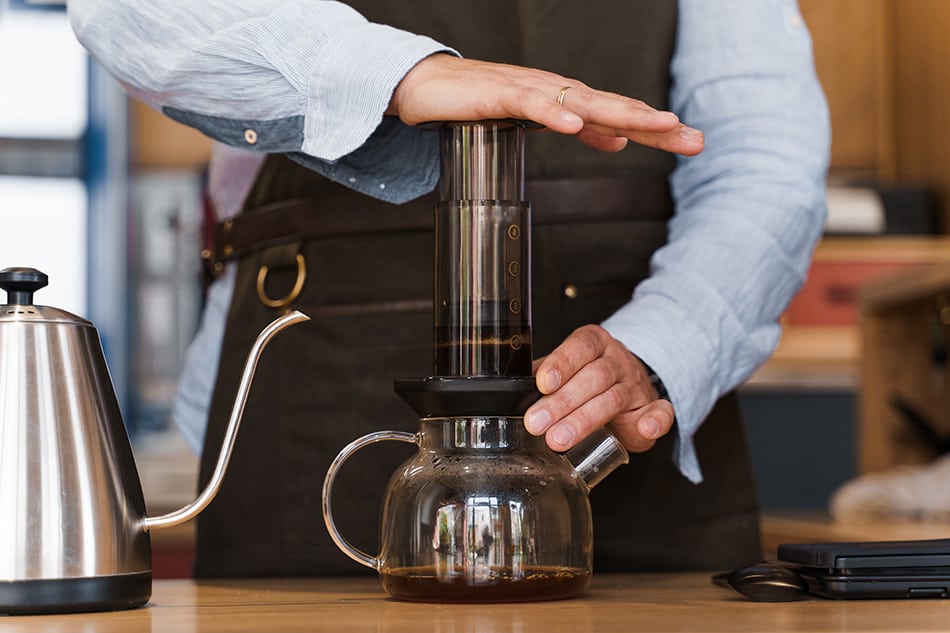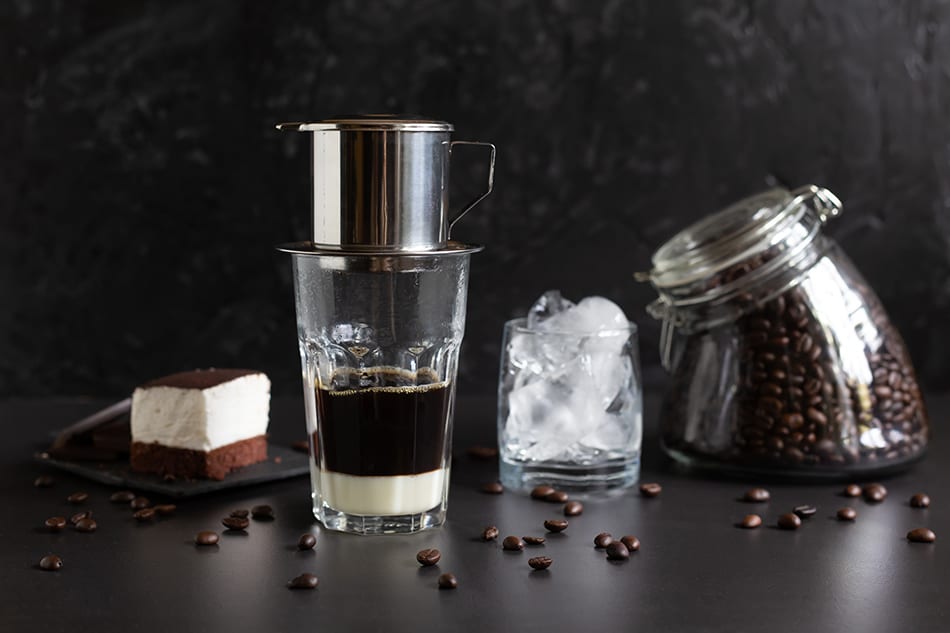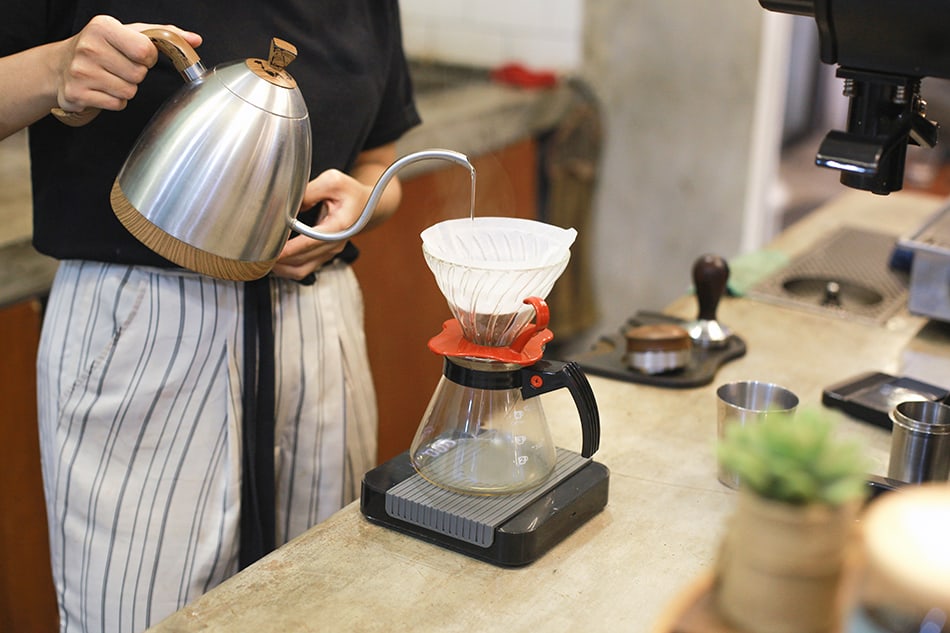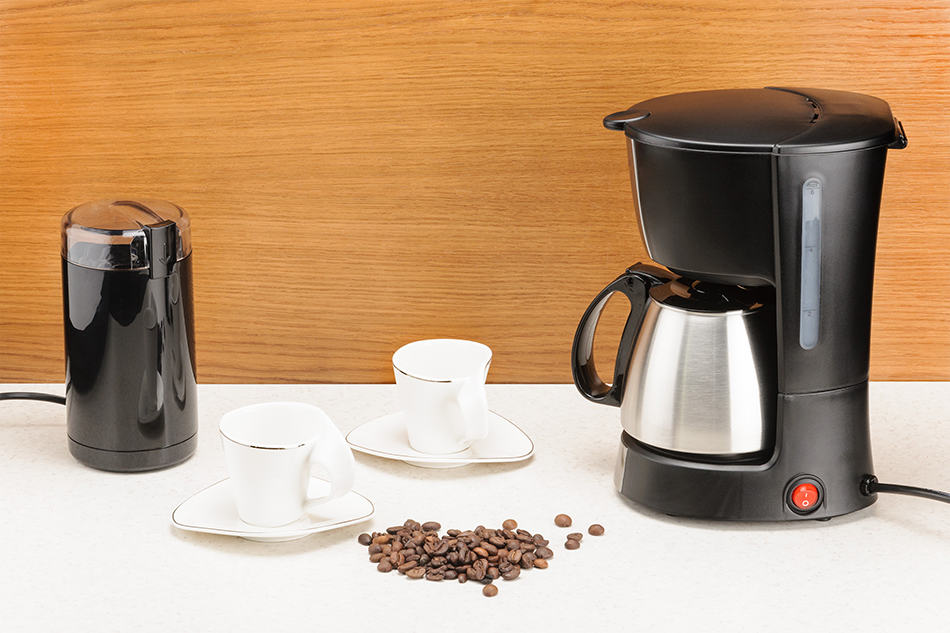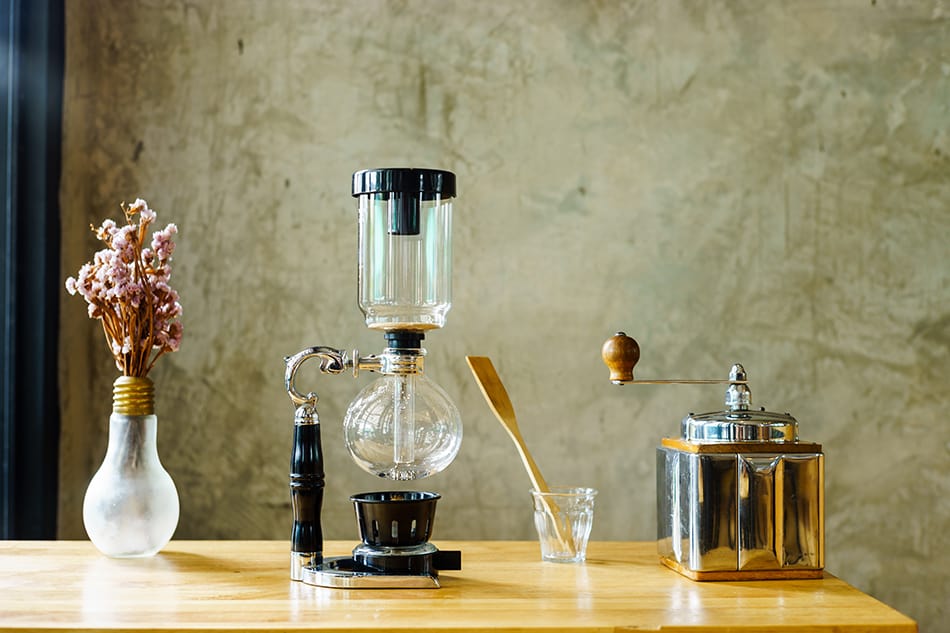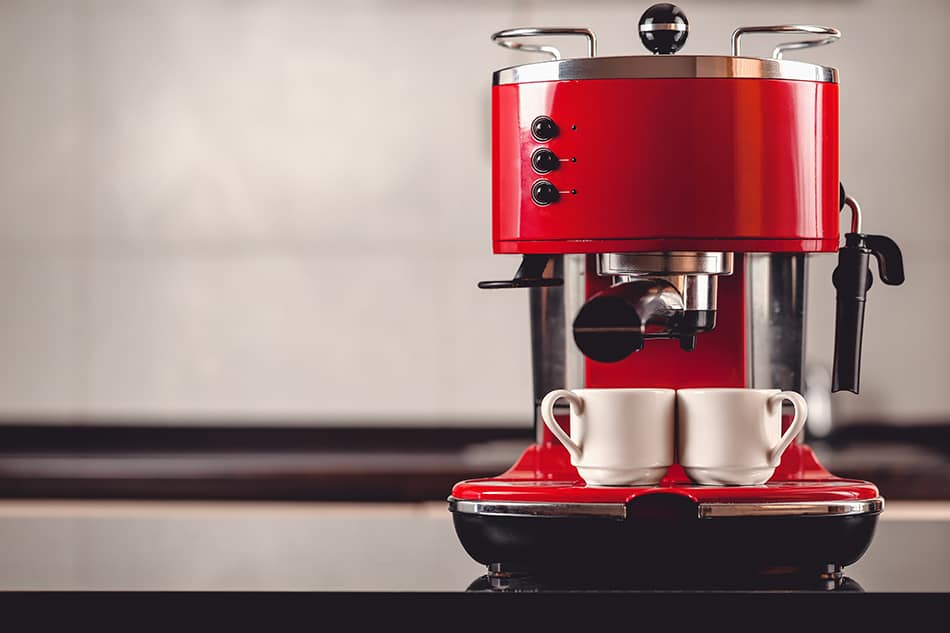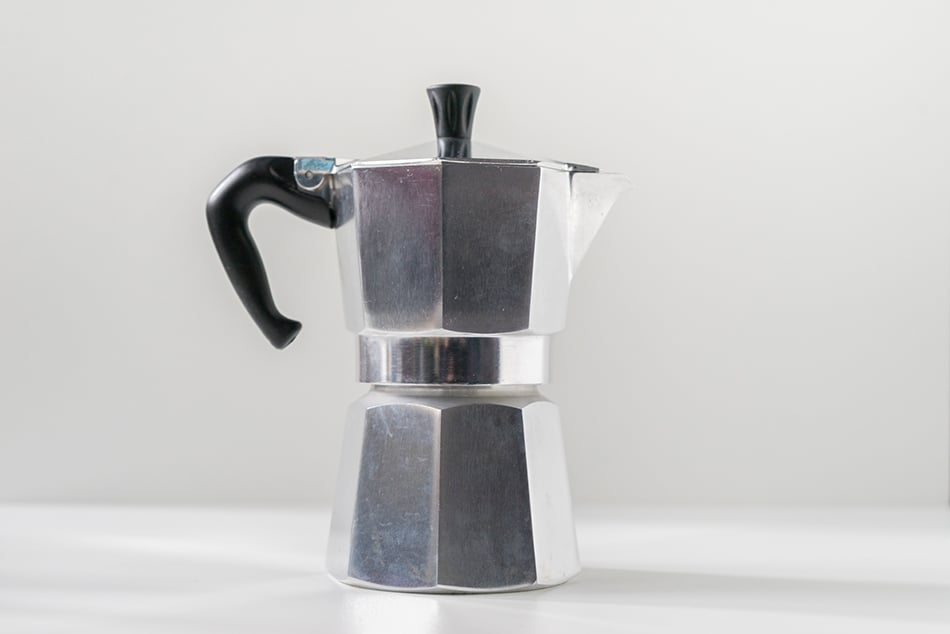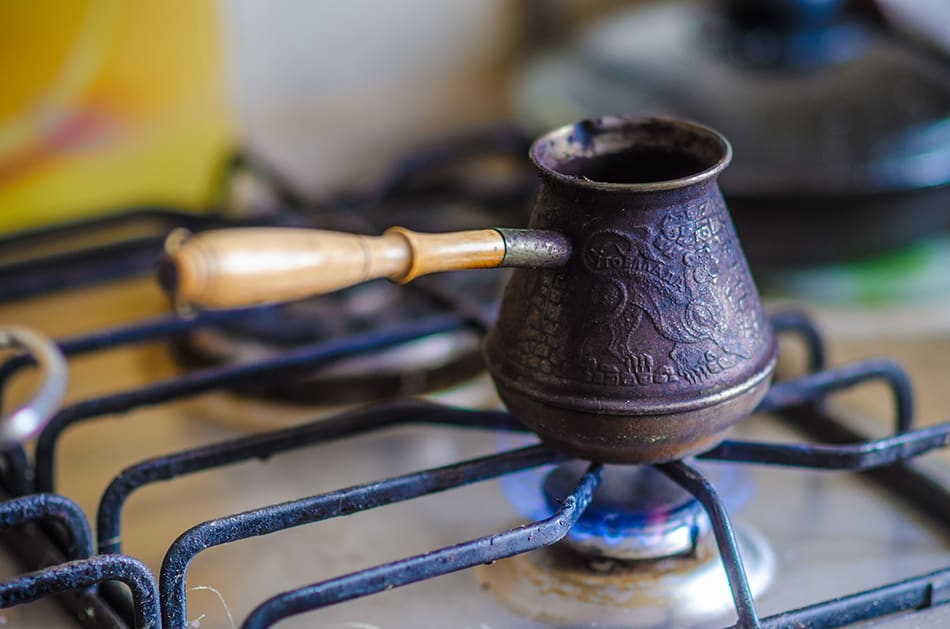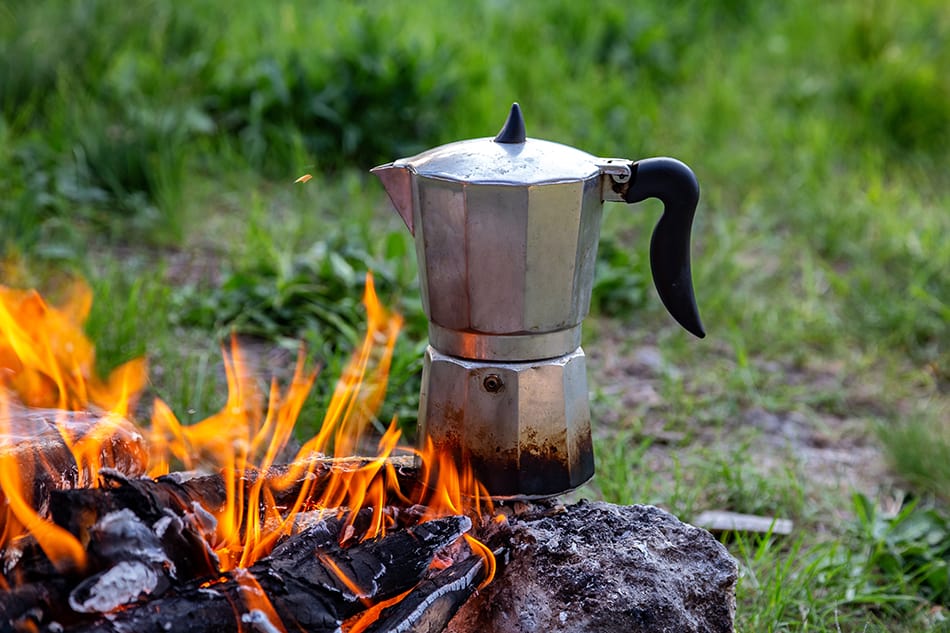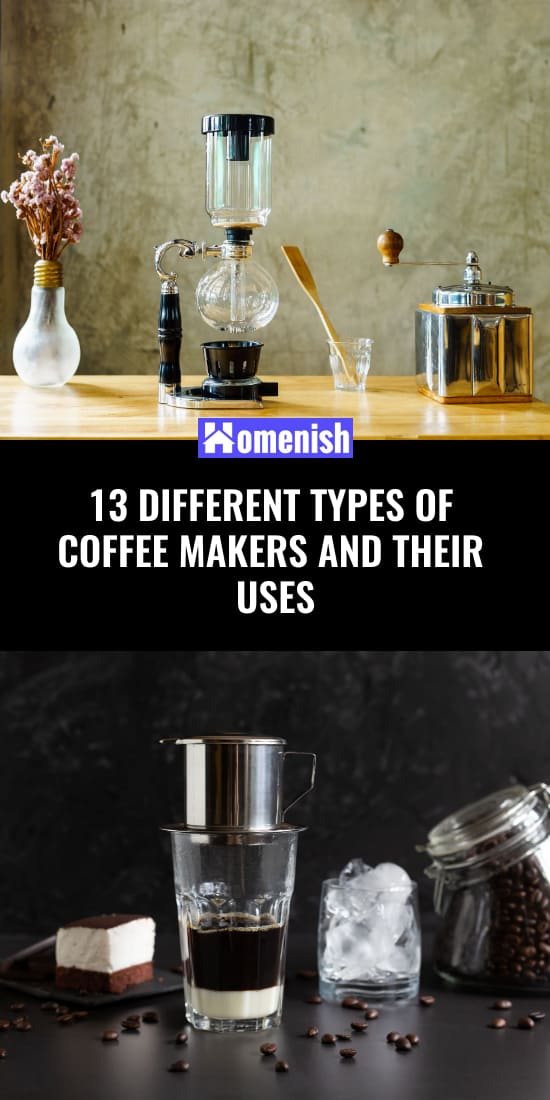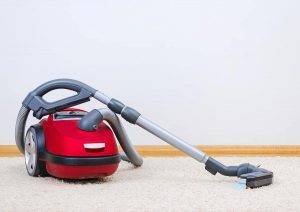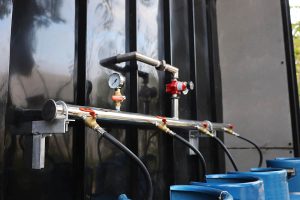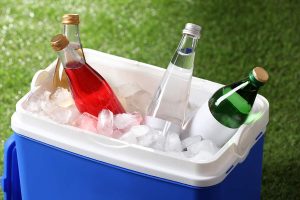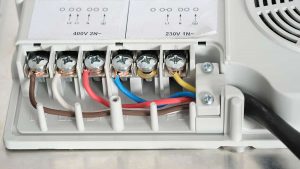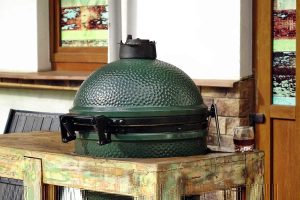Finding a cup of coffee to rival your favorite coffee shop brew is the ultimate mission for many coffee aficionados. When it comes to making coffee at home, there is an enormous amount of choice, varying from cost-effective manual options to budget-blowing electric versions. This guide about the different types of coffee makers available is the ultimate manual for learning about your choices, and that might be most suited to your needs and your coffee addiction!
Manual Coffee Makers
Manual coffee makers tend to be inexpensive and have few components, which makes them easy to clean. They come in various sizes and designs to suit different tastes and budgets. The word ‘manual’ might make you think that these coffee makers require lots of user involvement, but typically that is not the case, and they are very easy to use.
1. French Press
French press coffee makers also go by the common name of ‘plunger pot,’ ‘press pot,’ and ‘cafetiere’ (pronounced caff-a-tee-air). Some people may also refer to them as a ‘Bodum,’ but this is actually a brand name of a type of french press that is so popular that it has become synonymous with the coffee maker, and the names have become interchangeable. A French press offers an easy and efficient way to make a good cup of coffee in a short space of time. If you aren’t a fan of instant coffee but haven’t got the budget for an electric coffee machine, then this could be a good alternative option.
With a French press, you add a few spoons of ground coffee to the pot, add boiling water from a kettle, then push down the plunger and allow the mixture to brew for a few minutes. Contained in the plunger is a metal mesh filter that prevents any of the grounds from getting into your coffee. This is considered superior to the paper filters because some of the flavor becomes trapped in paper, whereas none of the coffee flavors can be absorbed by the metal filter. This type of coffee maker is inexpensive to buy, easy to use, and easy to clean.
You can find many different styles of French press to suit your taste and home interior, such as stainless steel models or rose gold models. You can buy large French press coffee makers if you need plenty of coffee in the morning, or you can buy miniature models that will serve just one cup.
2. Cold Brew
Cold brew coffee makers generally come in two types; cold brew drip and cold brew steep. The point of cold brewing coffee is to get a perfect cup of iced coffee that has a concentrated flavor. If you were to boil a coffee and then add ice, the ice would melt in the hot water and dilute the coffee, which is where cold brew coffee makers come in. Whether they use a drip or steep system, these coffee makers will have a basket in that to place the coffee grounds.
For steep systems, you would then add water and allow the flavor of the coffee to penetrate the water for up to 24 hours. For drip systems, a dispenser filled with cold water and ice would sit over the basket of coffee grounds and be allowed to drip through them over a matter of hours, carrying the flavor through to the resulting coffee in the bottom of the maker. Both of these types of coffee makers can take many hours to make a cup of coffee, so you will need to plan ahead, maybe setting it up before you go to bed so that the coffee is ready for you to consume the following day.
Cold brew coffee makers are said to produce a smooth tasting coffee that is full of flavor, with less acidity compared to boiled coffees. They are inexpensive to buy, easy to operate, and easy to clean, but they do take longer to produce coffee than any other type of coffee maker.
3. Aeropress
The Aeropress is a patented coffee maker that has brought a new style of manual coffee brewing to the market. It has the look of a chunky syringe, which is held above a mug, and a freshly brewed coffee is pressed directly into the mug. It uses new technology to brew coffee using ideal temperatures and total immersion to rapidly make coffee. From the moment the kettle has boiled to the time your mug is full of coffee takes just 30 seconds. This rapid brewing means that the bitterness and acidity associated with longer brewing times are avoided, resulting in a smoother cup of coffee.
The Aeropress uses paper filters that make for a quick and easy cleanup, and the whole contraption is small enough to take up very little space in your dishwasher. Its size makes it ideal for traveling with on work trips, holidays, or even camping trips. This coffee maker is inexpensive, fast, and easy to use, and claims to result in better-tasting coffee than even that produced by expensive electric coffee machines.
4. Vietnamese
Vietnamese coffee is rich, sweet, and smooth. It’s an absolute delight as a mid-morning treat or an after-dinner dessert. Vietnamese coffee makers are small metal containers with a metal mesh filter that sits directly on top of a mug or glass. Coffee grounds are placed into the container, and boiling water is then poured directly over it so that the resulting coffee flows straight through to the glass beneath. The glass should have been prepared with around half an inch of condensed milk at the bottom, and the coffee will merge with this. You then remove the coffee maker and add an ice cube.
Unlike other iced coffee where ice is added to the hot drink, Vietnamese coffee works well because the condensed milk gives the coffee a thick consistency, so the ice does not make it thin and watery. Vietnamese coffee makers are a great addition to a kitchen, especially impressive to bring out at dinner parties. They are easy to use, easy to clean, and inexpensive to buy. However, this type of coffee maker isn’t likely to replace your daily morning coffee maker.
5. Manual Drip
Manual drip coffee makers are ideal for coffee purists who like to take their time when making their coffee and have complete control over factors such as temperature and strength. Manual drip coffee makers are usually in the style of ‘Chemex,’ which is a brand producing glass coffee makers. These coffee makers typically have a bulbous base that comes to a slender neck and then fan out again, almost like the shape of an hourglass. In the neck of the coffee maker, you would place a paper filter with coffee grounds in, and then pour hot water over the top.
The water will then drip through to the collecting base, carrying the coffee flavor with it. This is a good option if you want to control the amount of coffee, as opposed to electric drip coffee makers, but it can mean many minutes of standing around waiting for the coffee to seep through the filter before you can add more water. The resulting coffee tends to be smooth, but some of the flavor can get trapped in the paper filter. Clean up is easy; just be sure to keep your supply of paper filters topped up.
Electric Coffee Makers
You might think electric coffee makers cost more to purchase than their manual counterparts, but that isn’t always the case (though if you want to blow a few thousand dollars on a fancy coffee maker, there’s plenty of scope for that too!) The advantage of electric coffee makers is that the user has little involvement, and at the flick of a button, you can have a high-quality cup of coffee ready to go.
1. Percolator
A percolator is a little like an electric kettle, but with coffee grounds inside. These work by having water sitting at the bottom of the percolator and coffee grounds are suspended around the mid to upper portion of the machine. Water is then heated up, and as it hits the boiling point, it bubbles up and reaches the coffee grounds. The water is then percolated and can be poured out straight into a mug.
These coffee makers were popular in homes a few decades ago, but they work very similarly to electric drip coffee makers and have since largely been replaced by these in households because they have fewer pieces and are easier to clean. The main advantage of percolators is that they can produce many cups of coffee at one time, so it might be useful if you are having a large party. They are also popularly used in settings such as small cafes.
Some percolators are able to brew as many as 100 cups of coffee at once, which can be useful at events such as county festivals and school fetes. Percolators ensure that the water hits the coffee when it is at boiling point, and while some people believe this temperature is too high, others think it is perfect. Therefore, a person’s belief of how coffee is best made can influence their decision over whether a percolator is right for them.
2. Siphon
A siphon coffee maker is also known as a vacuum pot coffee maker. These machines are shaped like an hourglass, with a bulbous lower and upper chamber. Water is put into the lower chamber while coffee grounds are placed into the upper chamber. The water is then heated up, and the pressure pushes the water up to the top chamber, where it mixes with the coffee grounds. As the water cools, it drips back down the lower chamber, resulting in a bottom chamber full of freshly brewed coffee.
These coffee makers are impressive to watch and can make a fun showpiece at dinner parties, but they are generally thought to be too complicated to use on a daily basis. They have several components that make for a longer clean up, and the coffee itself can take a while to brew and be finished.
3. Espresso Machine
Espresso machines are among the most expensive types of coffee makers you can buy, but they are also among the best and most popular ways to make coffee at home. Espresso machines come in several varieties, all of that are single-serve electric coffee machines. The best known of these are K-cups, Nespresso, and Tassimo discs. All of these espresso machines are great for offering convenience and supreme flavor. In most cases, you will need to buy the corresponding pods that work with your machine. These can be found in a wide variety of flavors, such as French vanilla, caramel, and mocha.
Espresso machines can typically be used to make tea, as well as iced tea and hot chocolate, making them hugely versatile and useful for the whole family. K-cups, by Keurig, has been a massive success since they were brought to market; however, the inventor regrets ever creating them. This is because the single-use pods are made from plastic and tin foil and have caused huge problems for oceans and the creatures that live there.
If you are trying to be more eco-aware and environmentally friendly, then espresso machines that use non-recyclable single-use plastic pods may be something you want to avoid. The benefit of these machines is that they make a single cup of coffee in under a minute, with almost no effort needed from the user. The machine detects that coffee is required and then accordingly sets the amount of water and temperature needed to produce the ideal coffee.
Single-serve machines like these make sense for a lot of households compared with other coffee makers, which can result in wastage. These machines can range from $100 up to as much as $3000, depending on the model you opt for. They are easy to use and easy to maintain.
4. Drip
Electric drip brewers work by using gravity to filter hot water through coffee grinds. The resulting coffee drips through to the container that can then be poured out into mugs. These coffee makers also feature a hot plate, which is able to keep the unused coffee warm until you want to drink it. These types of machines have a standard capacity of 12 cups, though you can buy mini versions if this seems too large for your needs. These are very popular in households due to their ease of use, low purchase price, and their ability to keep coffee warm. This is especially useful if you like to have many cups of coffee throughout the morning, as you just need to brew one container of coffee and can then return as often as you like to pour more coffee, knowing that it will still be hot.
One downside of these coffee makers is that the hot plate doesn’t just keep the coffee warm but can actually ‘cook’ the coffee, leading to increased acidity and bitterness. Unlike espresso machines, though, these coffee makers do not use plastic that ultimately ends up littering the ocean, and they make coffee quickly and with minimal effort. Basic models can be purchased for around $30, but digital types can also be bought for a higher price tag.
5. Thermal
Thermal coffee makers work exactly like drip brewers, but instead of having the coffee drip into a glass container on a hot plate, thermal brewers drip coffee into an insulated container. This means the drink is able to retain its heat for several hours without the use of a hot plate that can negatively affect the taste of the coffee. The lack of a hot plate also means that this appliance uses less electricity.
These types of coffee makers are ideal for people who drink several cups of coffee in a session but do not like the idea of the hot plate cooking their coffee. Thermal coffee makers are generally inexpensive, are easy to use, and easy to clean. The way that drip systems work results in a high-quality coffee because the water is not steeping for hours amongst the coffee grounds.
Stovetop Coffee Makers
Stovetop coffee makers generally require more user involvement, and hence more patience, than other types of coffee makers. These coffee makers focus on tradition and the art of coffee, making more so than efficiency and ease. They can result in excellent, specialist coffee if you don’t mind putting in the extra time and effort.
1. Moka Pot
This coffee maker was designed in Italy in the 1930s and has since become synonymous with Italian culture. It is commonly used throughout Europe and in Latin cultures. It works by sitting it on a hot stovetop, and the heat then builds up until pressurized steam causes boiling water to pass through the coffee grinds.
These coffee makers are usually made from aluminum but can also be made from stainless steel or other metal. Their design has become iconic, and they look great displayed on a shelf, even if you don’t use them very often for making coffee. They come in various sizes depending on how much coffee you typically like to make, are inexpensive to buy, and easy to clean. They are easy to use and work with both gas or electric stovetops. They are also handy for taking on camping trips as they are compatible with camp stoves.
The resulting coffee is a thick espresso that works great with sugar and cream, or it can be watered down to create a standard Americano. The coffee made by a moka pot tastes very similar to those made by electric espresso machines, so if you’re after the same sort of coffee with a much smaller price tag, this coffee maker could be a good option.
2. Turkish
A Turkish coffee pot is called a ‘cezve’ or an ‘ibrik.’ These take the shape of a metal jug, in that you pour cold water. Turkish coffee can be enjoyed without sugar, but commonly it is preferred as a medium-sweet brew.
To achieve this, add two spoons of sugar to the cold water for each cup you are making, along with 1 tablespoon of Turkish coffee for every 3 ounces of cold water. Set the ibrik on a stovetop and set it on the lowest setting to very gently heat up the mixture, stirring it with a spoon only once and then leaving it to brew. Once the mixture simmers, the top layer of coffee will begin to foam up. At this point, pour the foam into a cup, leaving the remaining coffee in the ibrik. Set it back on the stove, and allow it to heat up again until the point of simmering. Once there is a new layer of foam on the surface, pour this into your cup. Return the ibrik to the stove and repeat the process, continually adding foam to your cup until the ibrik is empty.
You can expect to need to brew your ibrik 3 to 4 times until you are done. Once your cup is full, leave it to sit for a minute or two before drinking, therefore allowing any sediment to settle at the bottom of your cup and not affect the enjoyment of the drink.
This type of coffee is strong tasting and has long been popular in Turkey and Russia, but is coming into fashion again in other parts of the world. It is a time-consuming process to achieve a cup of coffee, which might not be something you are willing to do every morning, but it’s great to add a little something different when you have guests to impress.
3. Camping
Campfire coffee makers work like percolators, but instead of being heated with electricity, they can be set on a camp stove. You can also buy plastic pour-over designs that fit on top of a mug, holding coffee grounds while hot water from a kettle is poured over the top. These are easy to use, easy to clean and require very little space in your hiking bag.
